Categories
Subjects
Authors
Artists
Venues
Locations
Calendar
Filter
Done
July 29, 2022 – Review
Manifesta 14, “It matters what worlds world worlds: how to tell stories otherwise”
Cathryn Drake
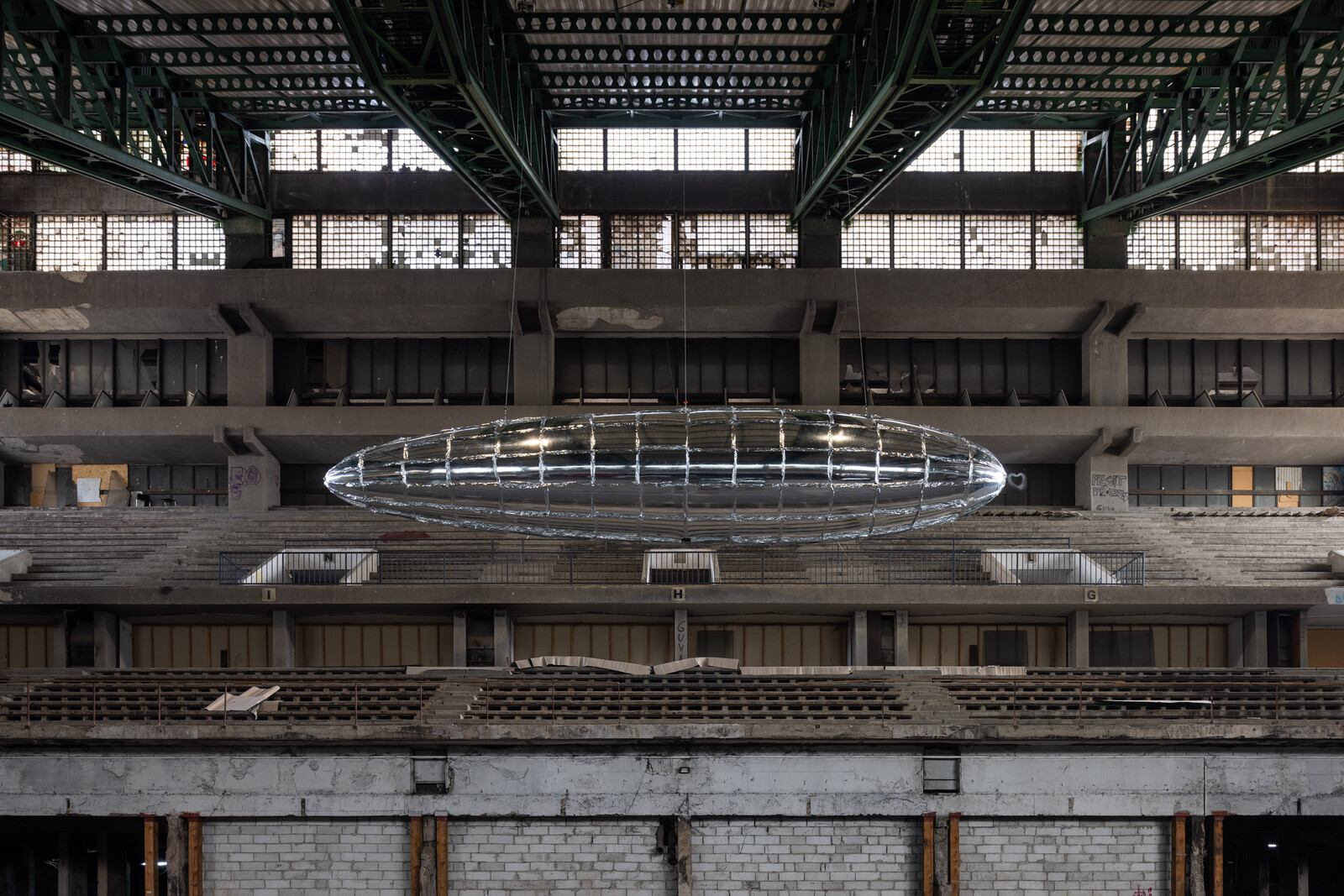
For its 14th edition, the nomadic European biennial Manifesta has taken up temporary residence in various cultural institutions and derelict spaces in and around Pristina, the capital of Kosovo, where creative mediator Catherine Nichols invited artists and practitioners to explore modes of storytelling across cultures. As a contested nation state, Kosovo embodies many of the most pressing and complex issues facing society today. When is a country a country? How many people have to say it is for it to be? Who has the authority to declare a territory as a nation? Does the population need to be homogenous? Who is nationalism good for? How can we all live together and be free? Roaming the city in search of the exhibitions and “artistic interventions”—by 102 artists in 25 locations, from an Ottoman-era hammam to a former brick factory—I attempted to plot pieces of the puzzle into a coherent picture. Interacting with locals in Pristina was inevitable, both to find the far-flung (and often vaguely signposted) locations and to glean how the tumultuous, not-so-distant past led to the complex present.
The main exhibition, titled “The Grand Scheme of Things,” is hosted on seven floors of the Grand Hotel Pristina, a decadent …
September 25, 2018 – Review
Revisiting Manifesta 12
Arseny Zhilyaev
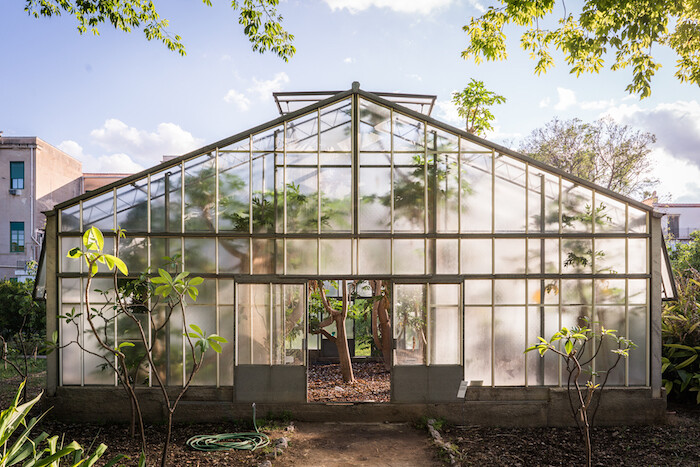
Arseny Zhilyaev traveled to Manifesta, the European Nomadic Biennial. Back in the day, it was one of the Old World’s most experimental art venues. “The Planetary Garden,” its twelfth edition, opened in June in Palermo.
The attempt by Italy’s newly minted right-wing populist government to reject a boatload of 629 refugees from Africa this June triggered a story that became Manifesta 12’s epigraph. A few days before the biennial’s official press conference, Palermo’s mayor, Leoluca Orlando, stormily announced he was ready to take on the federal government in Rome. He argued Italian authorities were violating international conventions and humanitarian principles, thus leaving him with no choice but to let the ship carrying the refugees dock at the port of Palermo, a city that has long incarnated hospitality and cultural intercourse. Orlando spoke on nearly the same topic at the opening press conference. Needless to say, given the previous two biennials—Manifesta 10’s “window on Europe,” held amid St. Petersburg’s imperial splendor, and Manifesta 11’s discussions of how artists could make money, held in one of the world’s most expensive cities, Zurich—the rhetorical tone adopted by Manifesta 12 seems timelier and more in keeping with the biennial’s original brief to exhibit new, …
June 20, 2018 – Review
Manifesta 12
Barbara Casavecchia
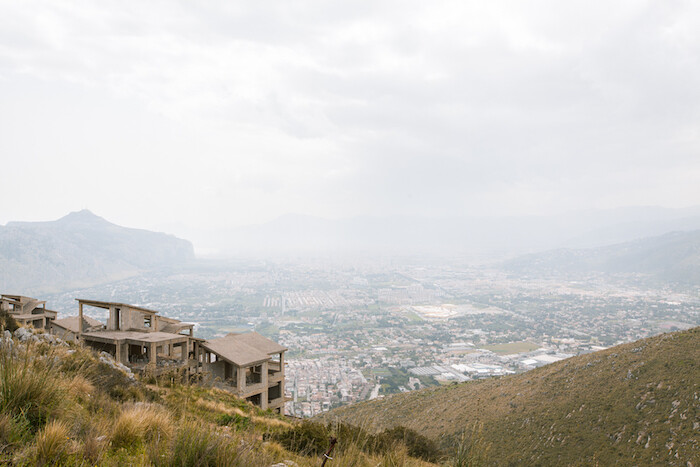
In 2001, Maurizio Cattelan invited a group of the 49th Venice Biennale’s VIP guests to join a satellite event in Palermo: a cocktail reception in Bellolampo, the city’s main landfill, where the artist had installed a larger-than-life replica of the Hollywood Sign overlooking the Conca d’Oro, the defaced coastal “golden bowl” once filled with citrus groves. It was a vitriolic triumph of trash and a homage to the fictionalization of “a city that has to struggle every day with its own conceptions of its past and present,” the artist said. A few months later, Diego Cammarata, the candidate from Silvio Berlusconi’s party Forza Italia, won the local elections. His victory ended the long tenure of Leoluca Orlando, who during two nonconsecutive terms as mayor between 1985 and 2000 championed the anti-mafia movement known as the Palermo Spring.
Seventeen years later, Orlando is back in the mayor’s seat for the fifth time, as leader of a center-left coalition; a new biennale has landed in town; and another work—art collective Rotor’s installation Da quassù è tutta un’altra cosa [From up here, everything looks different] (2018)—invites viewers to visit another devastated hill perched atop the city. Nicknamed “the hill of shame,” the Pizzo Sella …
June 13, 2016 – Review
“What People Do For Money,” Manifesta 11
Ingo Niermann
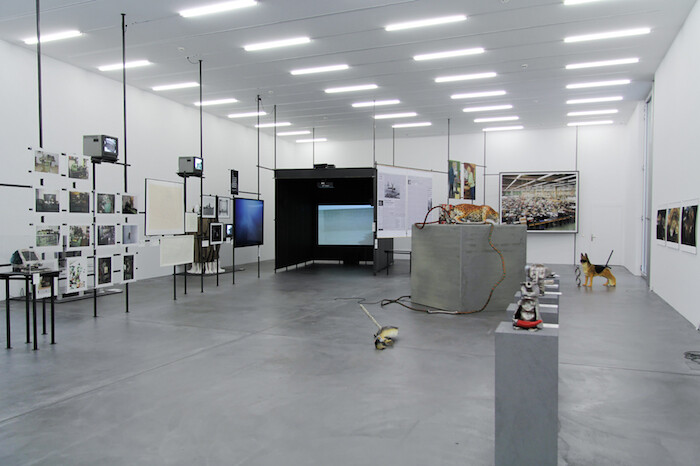
Contemporary artists are great at being dilettantes. Some make a point of how liberating it is to lack skill, others of how liberating it is to delegate to those who know better. Meanwhile, machines continue to outdo humans in more and more skills. More and more humans work in some sort of managerial position, in which their job profile resembles that of a contemporary artist: a bit of research, a bit of creativity, a bit of giving orders, a bit of receiving orders, and lots of micro-communication. More and more jobs are short-term and poorly paid—like most commissions for artists. Those professionals who don’t work like artists act like artists in their spare time, whether by creating artifacts or by remodeling their personas.
Today, being an artist is the norm; specialists are the exotic birds that artists once were. To work with a specialist has become an exquisite experience that can easily be turned into a piece of art. This must have been the starting point for German artist Christian Jankowski when curating the 11th edition of the “European biennial” Manifesta, hosted this time by Zurich. Jankowski—who made himself known for works created with the help of fortune tellers, speechwriters, or …
June 2, 2012 – Review
"The Deep of the Modern," Manifesta 9
Jonas Žakaitis
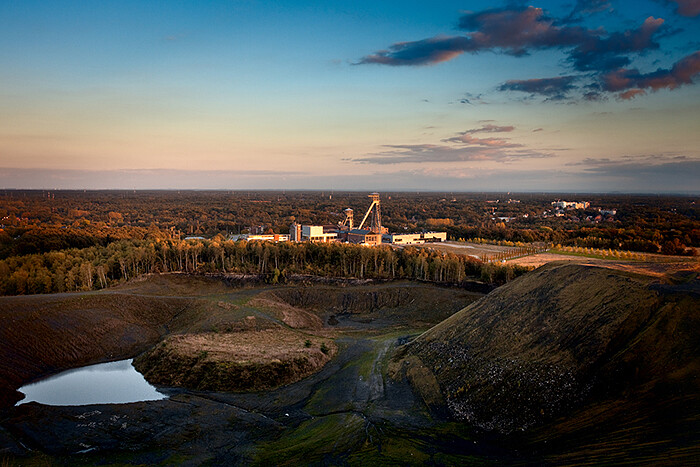
OK, let’s start with a joke heard by the author on the way to the site of Manifesta 9. Two men were waiting for a bus together in the central station of Genk (Belgium), one of them equipped with a basket full of red apples.
“Here, have an apple,” the man said. “They said in the shop these were Bio apples, whatever that means. I think they come from a real pig.”
Belgian humor is seriously twisted. And there’s plenty of room for it at the defunct Waterschei coal mine where the biennial is taking place. This does not mean to say that Manifesta 9 is one twisted joke… but we’ll get back to that later.
So the show is titled “The Deep of the Modern” (to be read in a slow rumbling voice) and is curated by Cuauhtémoc Medina together with Dawn Ades and Katerina Gregos. It is all about coal. Or, to be more precise, coal is the semantic and morphological engine behind more or less everything in the exhibition. Of all the conceivable approaches to the material, quite predictably, political economy gets the ball most of the time. Genk is a town built for the sole purpose of getting the …